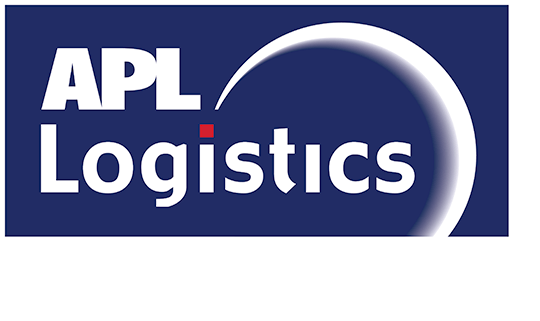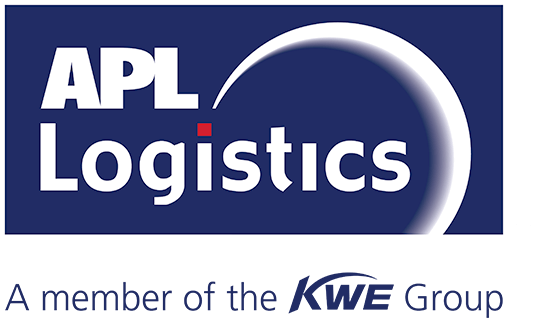September 13, 2023 in ARTICLES
A Carbon Neutral Supply Chain
When Your Competition is Aiming for Carbon Neutral Supply Chains – Should You?
It’s easy to feel overwhelmed when determining how to incorporate the goals of carbon neutrality into your supply chain operations. Questions abound: Is it appropriate for my company to set these goals right now? Is becoming carbon neutral financially smart? Is it even possible to achieve?
What are our competitors are doing? What do our consumers want?
A recent study from McKinseyand NielsenIQ found:
- 78 percent of consumers say that a carbon neutral lifestyle is important to them.
- Products making environmentally supportive claims averaged 28 percent cumulative growth over the past five-year period, versus 20 percent for products that made no such claims.
Whether you start small or start big, start privately or take out a billboard, the time is now. Draw your own roadmap to carbon neutrality and lead by example!
Getting the Terminology Right: What do Different Carbon Goals Mean?
Here are some keep-it-simple-styled definitions:
- Carbon Neutral: Having a balance between emitting carbon and absorbing carbon from the atmosphere.
- Net Zero: The balance between the amount of greenhouse gas that’s produced and the amount that’s removed from the atmosphere.
- Zero Carbon: Reaching a state where a company’s operations are generating zero emissions.
- Scope 1/2/3: Essentially, Scope 1 are those direct emissions that are owned or controlled by a company, whereas Scope 2 and 3 indirect emissions are a consequence of the activities of the company but occur from sources not owned or controlled by it.
Here’s where things get interesting: offset credits are acquired through actions like tree planting, renewable energy production, or carbon sequestration projects to compensate for the negative impact of original carbon emissions. Offset actions are vital because they’re actionable today, whereas many alternative fuel technologies still need to advance. Thus, it’s nearly impossible for a supply chain to be Net Zero until alternative fuel technologies fully develop.
Here are two potential ways to see if an organization is genuinely dedicated to becoming carbon neutral:
- Examine how deep into their supply chain their efforts go – are they only tackling one area of concern and relying heavily on offsets for the rest?
- Look at how dedicated they are to increasing their sustainability efforts year over year – do they report their progress? Do they have short- and long-term goals?
Goal Setting in Three Simple Steps
At a very high level, here are three steps to take in setting your own supply chain carbon neutrality goals.
Step 1: Baseline Your Carbon Emissions
There are several approaches you can take to set a baseline for your carbon emissions – here are a few:
Science based carbon impact targets are targets that a company commits to and gets formally validated through the Science Based Targets initiative (SBTi). Targets are created in alignment with the Paris Agreement’s goals to keep global warming to 1.5°C, which are widely recognized globally as a benchmark for sustainability.
Another way that companies can set carbon impact targets for their supply chain is through the Greenhouse Gas Protocol. The Greenhouse Gas Protocol allows businesses to estimate their emissions against a standard across industries, which is done in three scopes widely popular with Fortune 500 companies:
- Scope 1—direct emissions from owned or controlled sources.
- Scope 2—indirect sources from electricity, heating and cooling.
- Scope 3—everything else in the company’s chain that indirectly contributes to gasses, such as waste disposal.
When companies see their scope levels comparatively, they then have a starting line (benchmark) from which to base action. Subsequent, measurable actions increase their credibility to eco-conscious shareholders and consumers, and the virtuous cycle of controlling carbon emissions can continue.
Step 2: Publicize the Benefits of a Carbon Neutral Supply Chain
There are many benefits to shifting towards a carbon neutral supply chain. Among them, promoting environmental and operational efficiency can help your company’s image, market presence, bottom line, and resiliency.
- Keep up with the competition. Many of your competitors are probably moving toward sustainability in their supply chains to match consumer demand. Instituting a carbon neutral supply chain and being transparent about those goals can help your company not just keep up, but also helps your company not get left behind.
- Reduce your carbon footprint. Social responsibility is a point of pride for many companies, as reducing carbon footprints provides a path towards a stable environmental future.
- Future-proof your customer base. Products marketed as sustainable grew on average 2.7x faster than those that were not, making sustainability a key factor for many in the shopping experience.
Step 3: Work to Meet the Challenges of Going Carbon Neutral
You may experience a number of challenges during your carbon neutral journey – here are suggestions for how to anticipate and overcome them:
1. Have a carbon emission reduction plan in place. Rely on scientific methods—not hype—to stay on target.
2. Avoid greenwashing allegations. Be careful with your marketing claims, always scientifically verify your carbon neutral efforts, and share them with shareholders and consumers.
3. Adapt quickly. Time is our most precious commodity and you do not want your process to slow you down. Try to create small, agile, empowered teams who can make decisions quickly and make progress in small leaps.


